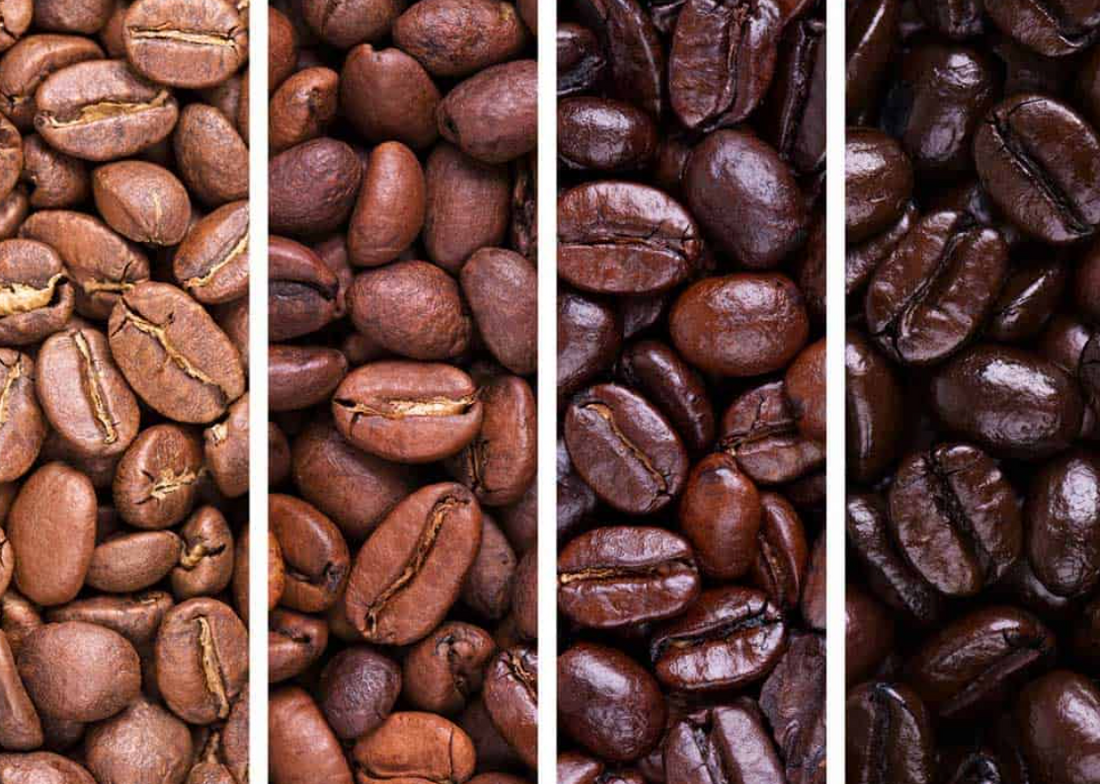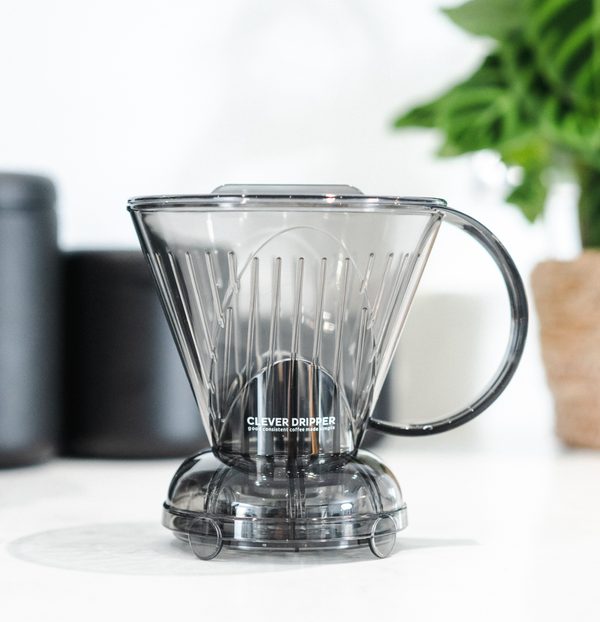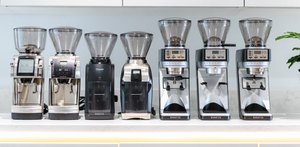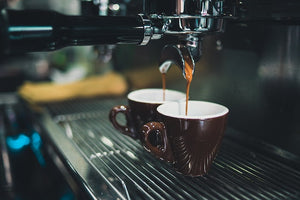
Roast Styles
Light, Nordic, Medium, Dark, Single-Origin and Blend. These are all words you’ve probably seen. Maybe on a bag of coffee, or maybe in a cafe, but what do they really mean? In this article we dive into what each of these terms are suggesting and what they are best suited for. We want to empower you to make the best decisions when buying your next coffee.
Light
Light roast coffee is roasted for a shorter duration than other styles. In theory, preserving the flavours and unique characteristics of the processing and terroir. Light roast coffees retain more of their natural acidity, resulting in a brighter and more delicate cup. Light roast coffee has often been recommended for pour over brewing, over espresso. The main reason for this is under extracted light roast espresso tends to be a lot less palatable than an under extracted filter brew. Light roast coffee is also very likely to be less soluble, so it’s harder to brew than something with a more developed roast.
Nordic
Nordic is a word used to describe very lightly roasted coffees. The name stems from the fact that roasters in Scandinavia, from as early as 2004, have popularised this style of very lightly roasted coffee. Nordic style coffee suits pour overs, over espresso again, for the same reasons as light roasted coffees. This is not to say that they can’t make tasty espresso as well. With brewing very light coffees, long steep times can make a huge difference. If you’re ever struggling with a nordic coffee, whip out your Clever Dripper or Aeropress and brew for 5+ minutes before draining / pressing. With brewing nordic espresso or filter, remember that if you like it, that’s all that really matters.
Medium
Medium roast coffees are developed in the roaster longer than light or nordic. Unfortunately, there are no universal rules to define a light from medium, for example. Generally speaking, a medium coffee is intended to be quite versatile. They should be good as a pour over or filter coffee, and delicious as espresso. It’s likely that most medium roasts will slightly favour espresso over filter, but this is ultimately down to personal preference. Medium roasts could be either a single-origin or a blend. It’s also worth noting that ‘omni-roast’ is a term that is commonly associated with medium roast coffee. It gets the name omni-roast as it is intended to be used for any brewing method.
Dark
Dark roast coffee undergoes an extended roasting process. Generally, a coffee considered dark, reaches a chemical reaction during roasting commonly called ‘second crack’. It would almost be universally agreed (a rarity in the coffee world) that any coffee must reach ‘first crack’ before it can be brewed. First crack is a reaction during roasting, where the coffee beans expand and crack open slightly, like a less impressive version of popcorn popping. Second crack, is when a coffee is roasted long enough that the internal temperature of the bean gets so hot, that oils inside the coffee burst through the surface. Coffee roasted like this is easy to spot, as the oils are clearly visible on the surface of the beans, giving a shiny appearance. The origin and processing characteristics of the given coffee often take a back seat to smoky, toasty, and caramelised notes. Dark roasts tend to have a fuller body and a touch of bitterness. They can of course be brewed as a pour over, but will likely highlight more of the flavour imparted by the roaster, when brewed this way. In most of the world, dark roasts have been traditionally served more as espresso, rather than filter. If you need a reason to experiment however, Japan has, and still does, serve dark roasts in traditional and modern coffee bars as pour overs.











